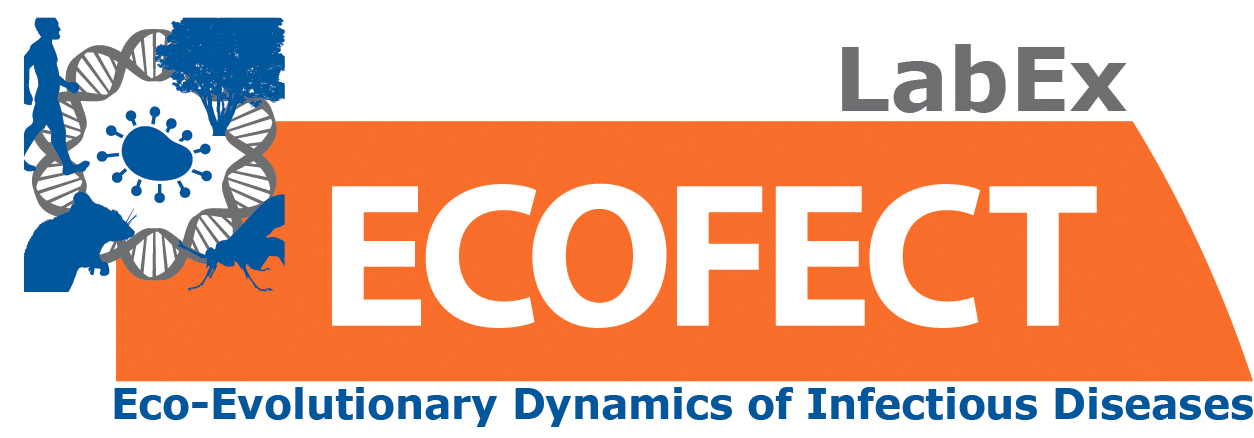Characterization of hepatitis C virus particle subpopulations reveals multiple usage of the scavenger receptor BI for entry steps
Résumé
Hepatitis C virus (HCV) particles assemble along the very low density lipoprotein pathway and are released from hepatocytes as entities varying in their degree of lipid and apolipoprotein (apo) association as well as buoyant densities. Little is known about the cell entry pathway of these different HCV particle subpopulations, which likely occurs by regulated spatiotemporal processes involving several cell surface molecules. One of these molecules is the scavenger receptor BI (SR-BI), a receptor for high density lipoprotein that can bind to the HCV glycoprotein E2. By studying the entry properties of infectious virus subpopulations differing in their buoyant densities, we show that these HCV particles utilize SR-BI in a manifold manner. First, SR-BI mediates primary attachment of HCV particles of intermediate density to cells. These initial interactions involve apolipoproteins, such as apolipoprotein E, present on the surface of HCV particles, but not the E2 glycoprotein, suggesting that lipoprotein components in the virion act as host-derived ligands for important entry factors such as SR-BI. Second, we found that in contrast to this initial attachment, SR-BI mediates entry of HCV particles independent of their buoyant density. This function of SR-BI does not depend on E2/SR-BI interaction but relies on the lipid transfer activity of SR-BI, probably by facilitating entry steps along with other HCV entry co-factors. Finally, our results underscore a third function of SR-BI governed by specific residues in hypervariable region 1 of E2 leading to enhanced cell entry and depending on SR-BI ability to bind to E2.
Domaines
Médecine humaine et pathologie| Origine | Fichiers éditeurs autorisés sur une archive ouverte |
|---|
Loading...

